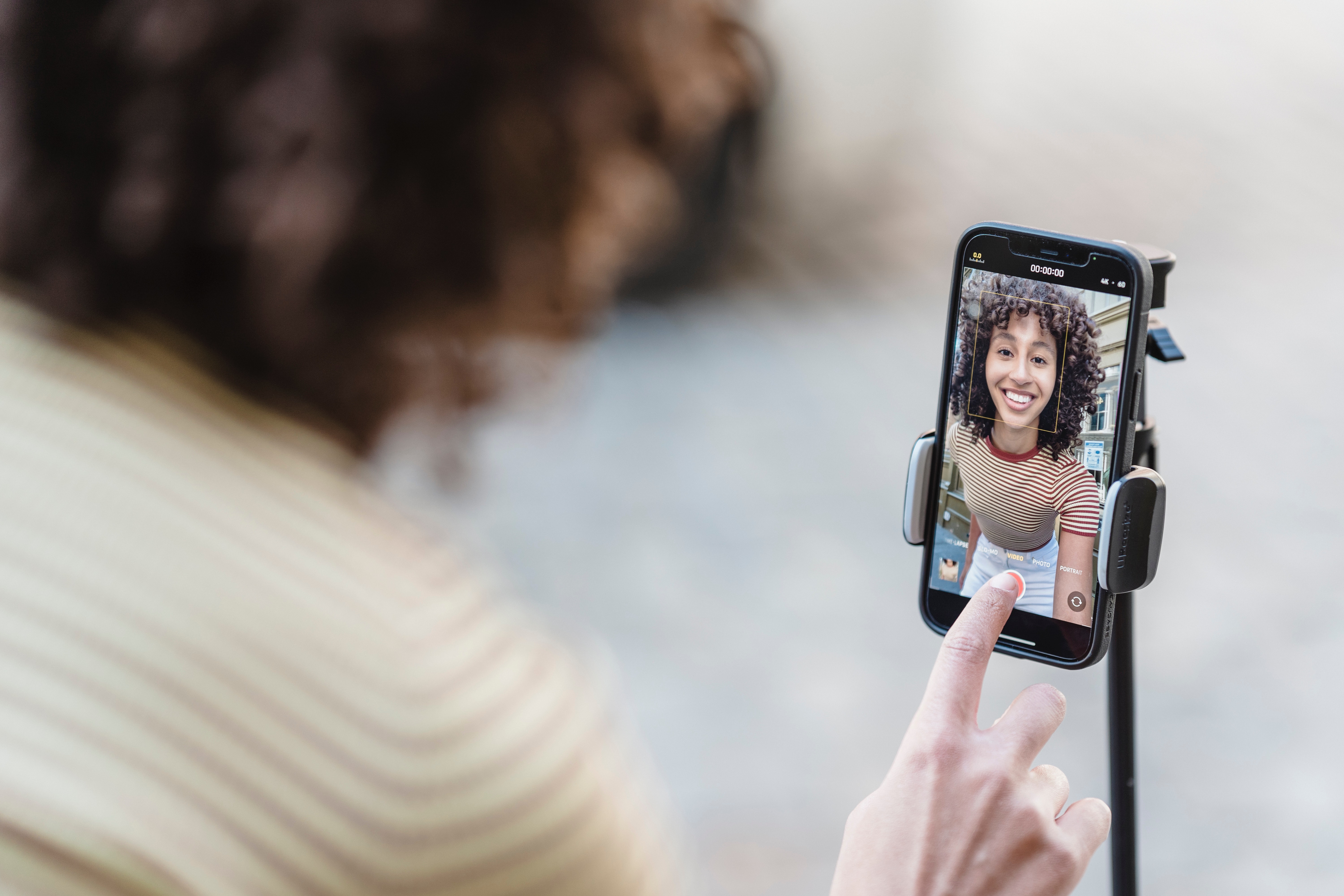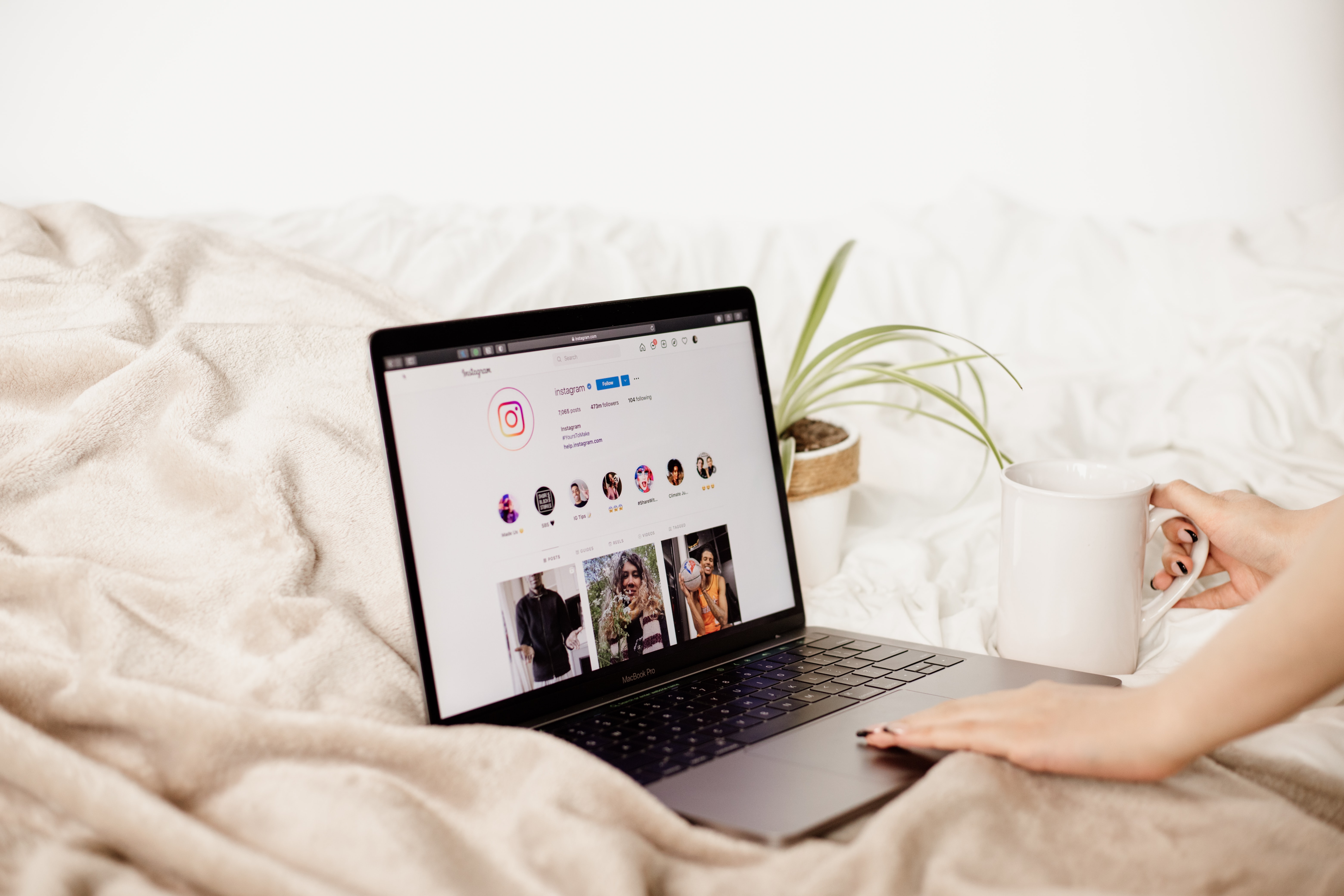What is an influencer and how do I get a quality one for my brand?
June 30, 2022 | UGCThe internet has made it easy for consumers everywhere to discover new products. Even in the age of the internet, however, word of mouth recommendations reign supreme. People trust others’ recommendations over brand recommendations, even if they don’t know the person. Because of this, many brands are capitalizing on online influencers to help get their products in front of the right people and get more customers.
But what are influencers and how can you know you’re getting the best ones for your company? Let’s find out!
What is an influencer?
Influencers are people who have a large online following (primarily on Instagram) and promote products. They have established trust with their audiences and have built a reputation for being knowledgeable in their niches. Influencers work with brands that want to get their products in front of the influencer’s audience and give them a recommendation they can trust.
The influencer industry has grown to $9.7 billion in 2020 and is set to reach $16.4 billion this year. It has grown so much that companies have begun hiring “Influencer Managers,” whose sole job is making relationships with influencers and running influencer campaigns.
There are several different size influencers that can help companies promote their products. Here is the breakdown below.
Mega-Influencers
Mega-influencers are influencers with more than 1 million followers and often have celebrity status. While these influencers may seem like the ideal type to use, this may not necessarily be the case as engagement tends to drop off as influencers get larger. Also, if your company has more niche branding, you may alienate existing customers by using an influencer that drifts too far from your brand values. Plus, mega-influencers can come with a large expense.
Macro-Influencers
Macro-influencers have between 500,000 and 1 million followers. While their engagement rates may be better than mega-influencers, their rates can still be lower than the more niche influencers. Content by these influencers can be more polished than that of lower-tier influencers, so it is important to recognize what your customers respond best to: polished content or authentic, down-to-earth content.
Micro-Influencers
Even though they have “micro” in their name, don’t discount micro-influencers! While they have a lower follower count than the influencers that were previously listed, they can also have higher engagement. Also, their less polished and popular content can garner customer trust. 82% of consumers are more likely to buy a product that was recommended by a micro-influencer.
Nano-Influencers
Nano-influencers are extremely niche influencers. If your product is in a particular niche and you are only looking to attract a very particular set of customers, a nano-influencer might be the best option. Because of this niche approach, nano-influencers have the highest engagement rates of all types of influencers. They are also the most cost-effective, some not even requiring payment to run an influencer campaign, as they are just starting and would prefer to build relationships with brands.

Why you should use influencers
Studies have shown that people are more likely to buy something they have seen promoted by an influencer. One study found that 61% of consumers were likely to trust recommendations from someone they know or an influencer, while only 38% were likely to trust recommendations from a brand. Consumers have proven time and time again that they trust people, so putting a human face on your company with an influencer can make a huge impact.
Influencers have followings in particular niches, so they get your product in front of more people who are interested in your niche. Even if they have never heard of your company or product before, an influencer can convince them that your product is the next best thing!
Finding and vetting influencers
Why you need to vet influencers
There are numerous fake influencers out there reaching out to companies in an attempt to receive money and free products, even if they won’t help drive any sales. Just because someone has a large Instagram following does not mean that their followers are real people or even people in your niche. Many times, people will pay for bots or fake followers to create the illusion that they have a strong follower base even though they don’t.
When unknowingly giving money to an influencer with a fake following, companies can lose time, money, and even customer trust. If potential customers discover that you’re using an influencer with a fake following, they will quickly question your credibility.
Some things to consider when vetting an influencer
Target demographics
The first step in finding and vetting influencers for your brand is knowing who you’re selling to and understanding the demographics of your target audience. If your customer base is primarily made up of people in their 20’s, odds are they will be more likely to use something promoted by an influencer in their age range as opposed to someone in their 40’s.
Also, finding an influencer with a following in your niche is important. Who do your target customers follow? Knowing your audience is step one when finding an influencer because you want someone that will effectively put your product in front of customers who will buy it.
Posts and engagements
One of the easiest ways to determine whether an influencer will be effective or not is to look at the quality of their posts and check their engagement. Here are the steps you can take to evaluate those metrics:
- Read the captions of their posts to see what they say about the products they sponsor. Make sure their voice is similar to your brand voice without being too “sales-y”.
- Check to see if their images are quality.
- Find the percentage of their followers that like/comment on their posts. Typically, between 1% and 3.5% is considered to be a good engagement rate.
- Check for meaningful engagement. If their engagement only consists of likes, there is a chance that they don’t have real engagement.
- Make sure their comments are real and varied. If all of their comments say the same thing (whether it is exactly the same thing or a variation of the same meaningless phrase that has nothing to do with the post/product), their followers are most likely primarily bots. Bots don’t buy products!
Previous partnerships
Check their past sponsorships. Have they worked with the same brands multiple times? If this is the case, those brands have most likely found that working with that influencer was beneficial and they wanted to partner on more campaigns with them.
Vetting influencers is important, but can be time consuming. There are several tools available to cut some of the work and help you and your team vet potential influencers. Check out the below tools and see how they can help you decide which influencers are worth investing your company’s time and money in.

Tools for finding vetting influencers
HypeAuditor
HypeAuditor is an all-in-one tool that will allow you to not only find and vet influencers, but will also allow you to analyze influencer trends in your niche and manage your influencer marketing campaigns.
Influence.co
On Influence.co, you can search for and connect with an influencer in almost any niche. This site also has a free reporting tool that you can use to vet potential influencers.
traackr
traackr enables you to search for influencers by their niche and demographic, so that you can find the perfect fit for your brand and manage your influencer campaigns.
BuzzSumo
With BuzzSumo, you can find trending topics for content as well as influential content creators and influencers.
Upfluence
Upfluence allows you to find, vet, and send products to influencers all through their platform. You can then manage influencer campaigns as well.
Awario
Awario not only helps you find influencers for your brand, but also monitors the web for any mentions of your brand, so you know how your brand is being perceived by current and potential customers.
Klear
Klear allows brands to search for and vet influencers using all different kinds of criteria such as location, niche, and past collaborations, so you can find even micro- and nano-influencers using their platform. Their technology also helps to easily spot fake engagement, so you know you’re working with influencers that will make an impact.
Heepsy
Heepsy not only analyzes an influencer’s niche and engagement, but also their authenticity and trust so that you have a strong understanding of their integrity prior to engaging in promotional collaborations.
trendHERO
trendHERO is a site that helps you find and vet influencers by showing you the analytics for a potential influencer’s audience from their audience demographic to the quality of their following.
Conclusion
The influencer economy is in its infancy but growing fast. Becoming an influencer can be very lucrative, so there are plenty of people out there who will fake their influencer prowess in order to get free products and receive payment without actually helping your company. Using these tools and tactics, you will be able to find the best influencers for your company and spot the fakes. Influencers are worth investing in, since many consumers trust their recommendations, but the legwork is essential to ensure that it will be worth your while.